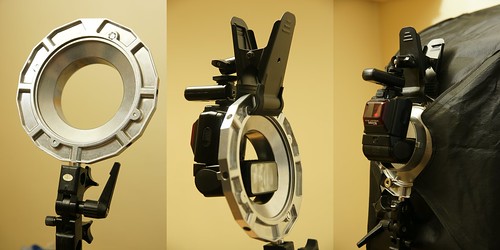
The book starts with an introduction to the nature of light from the physics through to the quality of light. Don’t let the thought of physics put you off because it is pretty simple stuff about how the light travels in straight lines and reflects off surfaces. Nothing too taxing.
Following on from that is a section on lighting equipment and terminology, covering a wide range of modifiers, including what Joe McNally calls V-Flats. Here they are called bookends.
There are a couple of pages explaining what lighting ratios are and the term is used throughout the examples in the book. There is nothing really magic about lighting ratios and it’s really just a shorthand a way of communicating the relative balance of the lighting. It’s not something you absolutely need to know and most of the examples in the book give a lighting ratio and the f-stops used to achieve that. However there is one glaring omission and that is that there is no instruction on how to use an incident light meter. You would need one to meter the lights to achieve the ratios that you are interested in. However it’s not a huge problem these days as most digital users will mix their light according to taste rather than fixed lighting ratios.
The book goes on to demonstrate a number of portrait styles and the effects that different types of light modifier have on the style of shot. for instance the butterfly lighting portraits are re-shot with no less than 8 different light modifiers to show the effect that each has on the final image. I think that is the payload for even some of the more jaded strobists who think they know it all. All the shots in the book are backed up with a lighting diagram.
The lighting isn't described as a one size fits all solution, it's a starting point and Christopher Grey takes you through each of the choices and the changes that he makes along the way to the final portrait.
In part two he takes you through more portraits in different market segments often using the basic lighting schemes from part one as the starting point. Along the way showing tips, such as how to apply powder makeup, how to close the sitter's pupils, use flare and overexposure. I was particularly taken with his Hollywood portraits which I thought were beautifully done.
All in all a very good book that should appeal to beginners and more advanced flashers.




